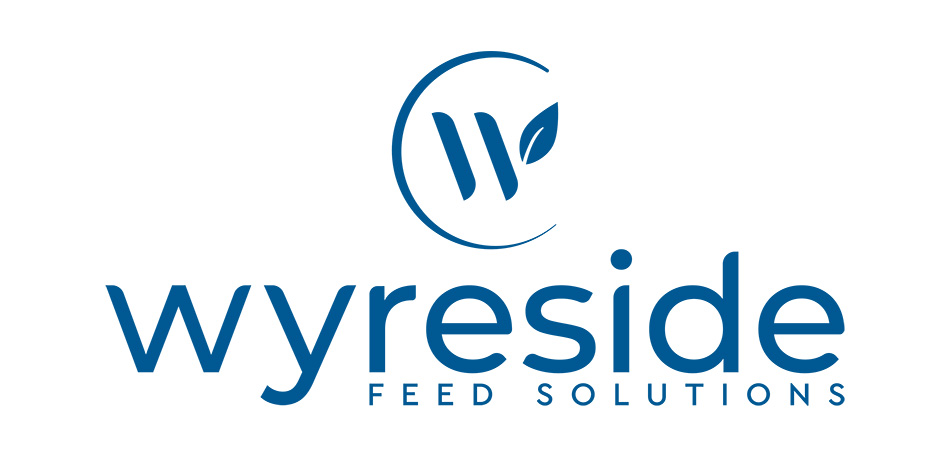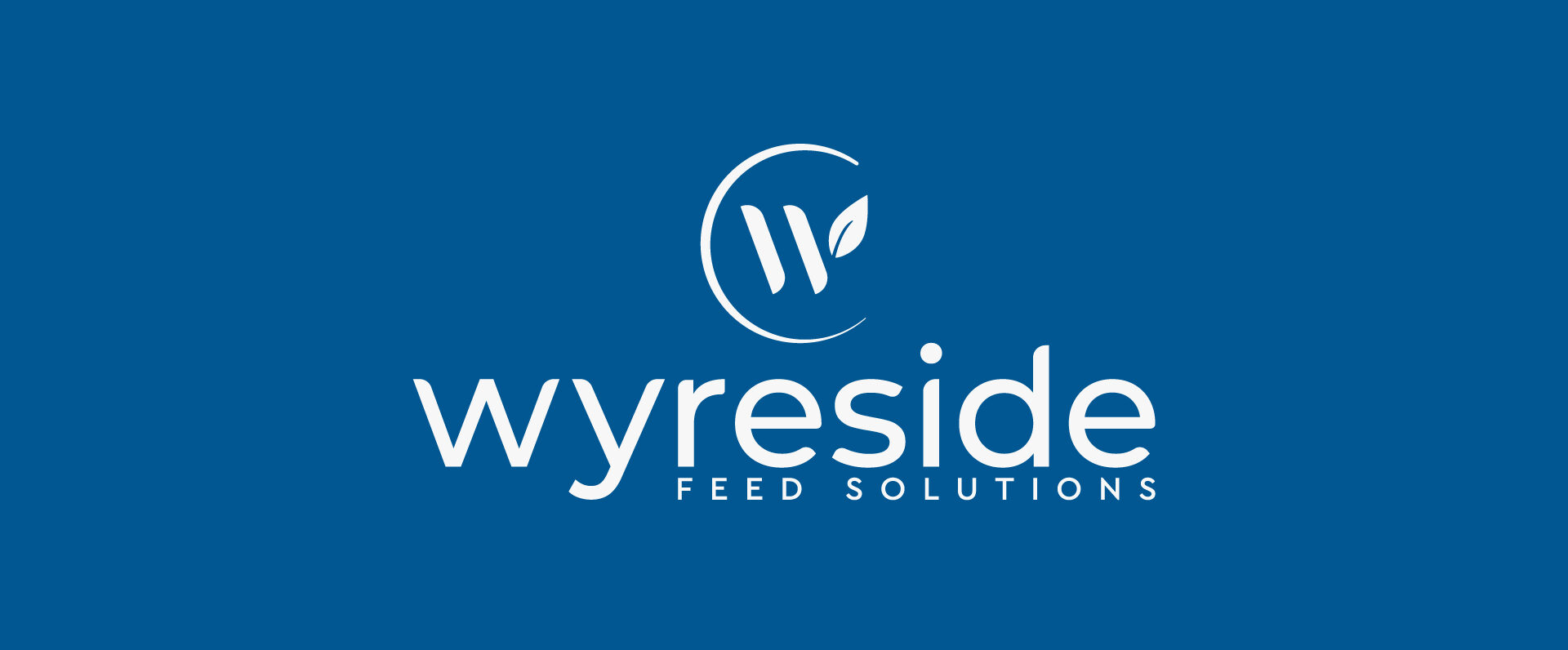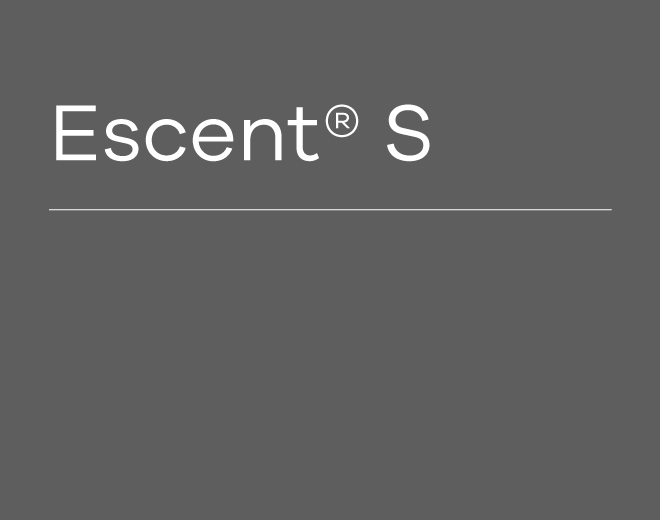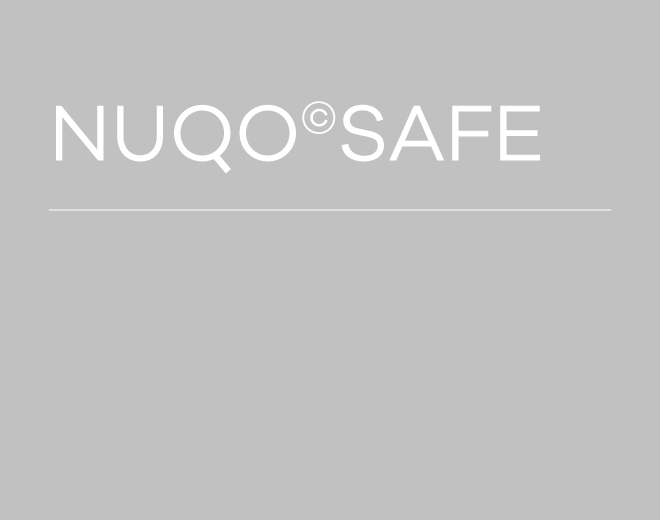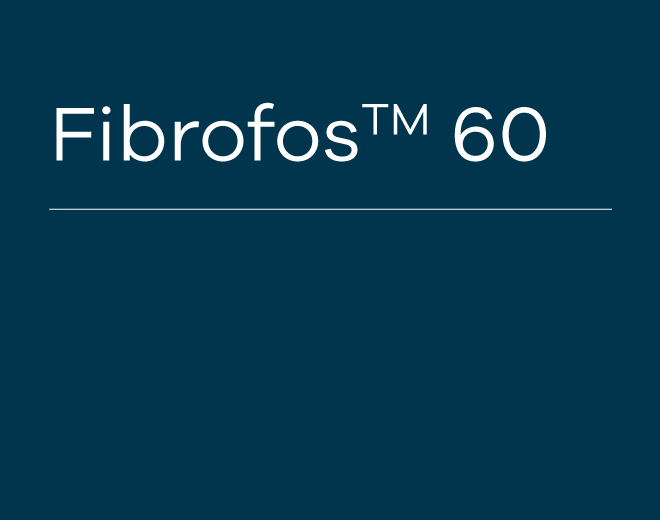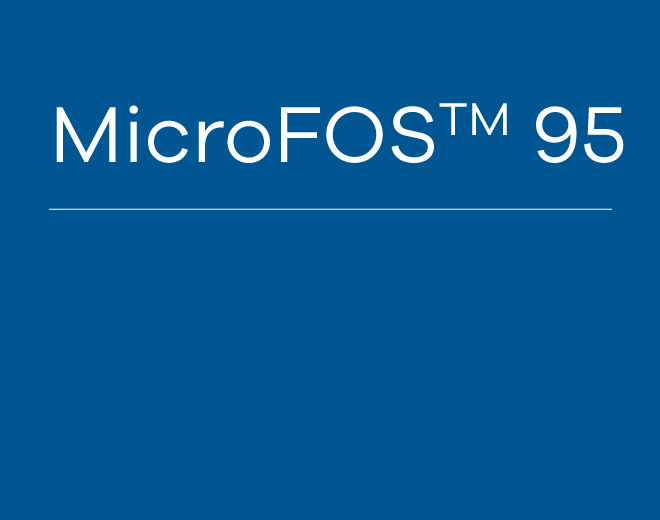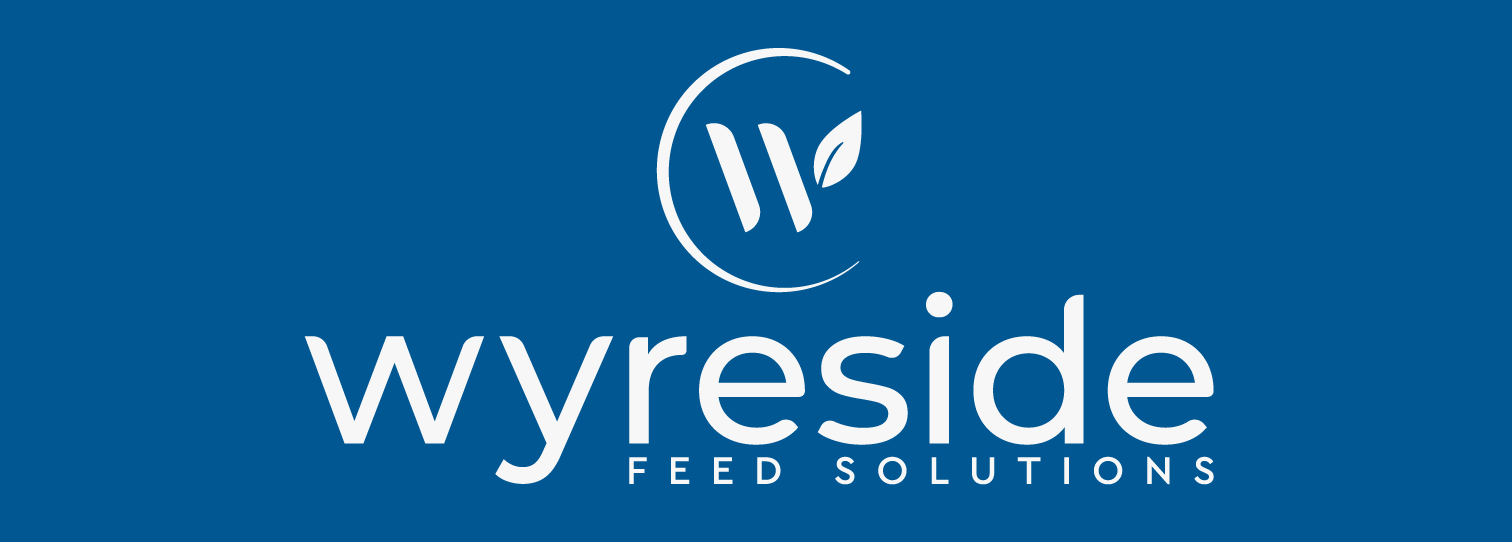Product Information
As it is one of the first limiting amino acids, ensuring sufficient highly bioavailable methionine at the level of the intestines is vital to maintaining production performance in high performing dairy cows. With the general costs of feed proteins increasing, optimizing rations to fully meet the cow’s methionine requirement without wasting excess protein is a valuable cost saving exercise. Yet without protection, any excess methionine that is available in the rumen is rapidly metabolized by rumen microbes.
More than just methionine: Novimet® is not only a proven highly digestible rumen protected methionine source, but its fat protective coating brings added value that alternative forms of coating lack – energy. The microencapsulation protects the naturally bio available DL-Methionine in the matrix while just 40 g of Novimet® per cow per day delivering 8 cents worth of fat per head per day.
Active component release, naturally: Compared to alternative rumen protection methods Novimet® utilises the animal’s natural physiological fat degradation process to release the active ingredient where it is needed, in the small intestine. Other coating technologies are polymer based and reliant on the correct pH in the abomasum to release the active methionine. In an in vitro rumen digestibility model, nitrogen disappearance kinetics over 48 hours demonstrated that both coating methods protect the DL-Methionine equally well.
Whilst yet other methods for providing methionine for ruminants are dependent on methionine analogues. These results have been confirmed by several independent in vivo trials.
